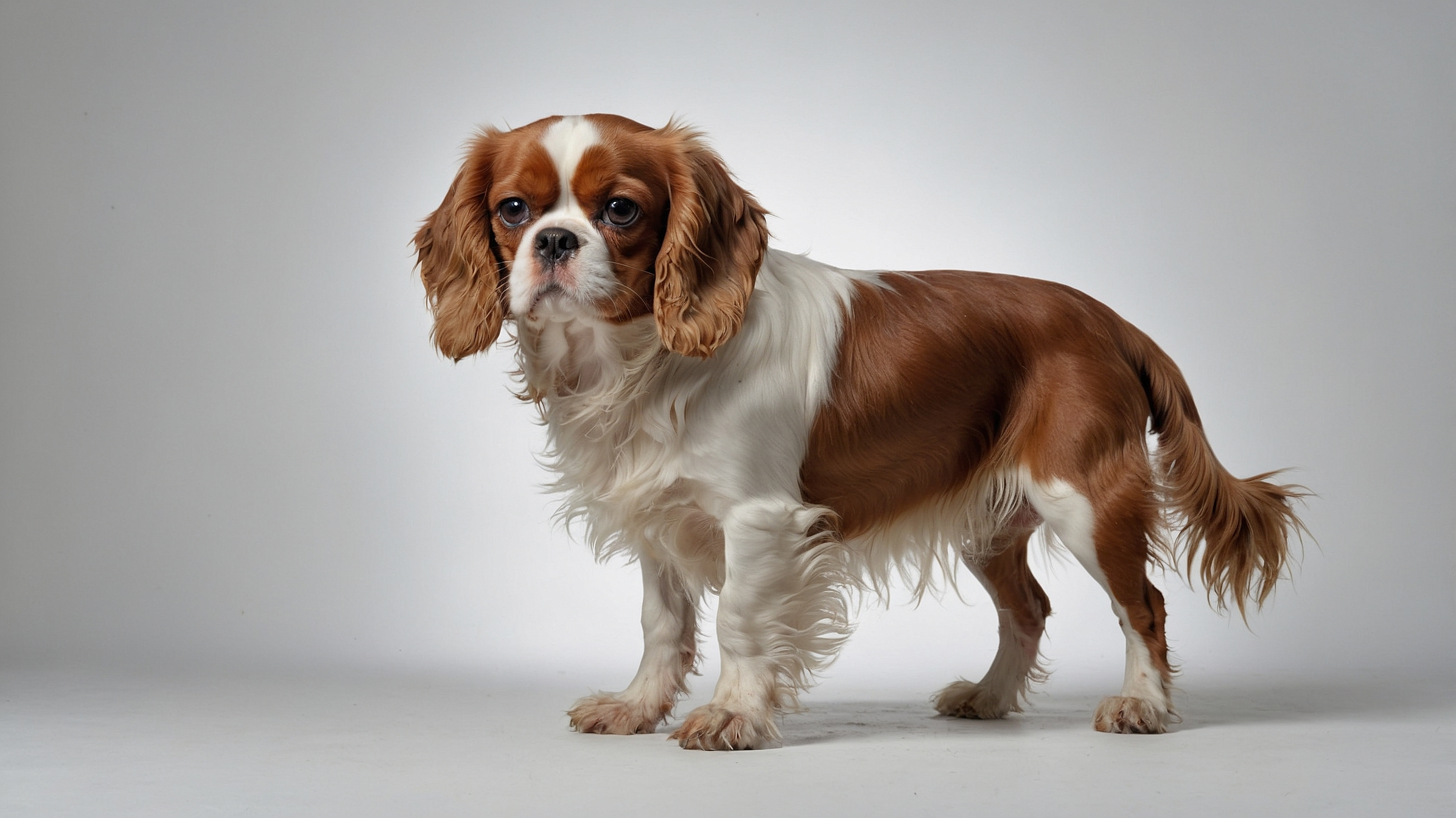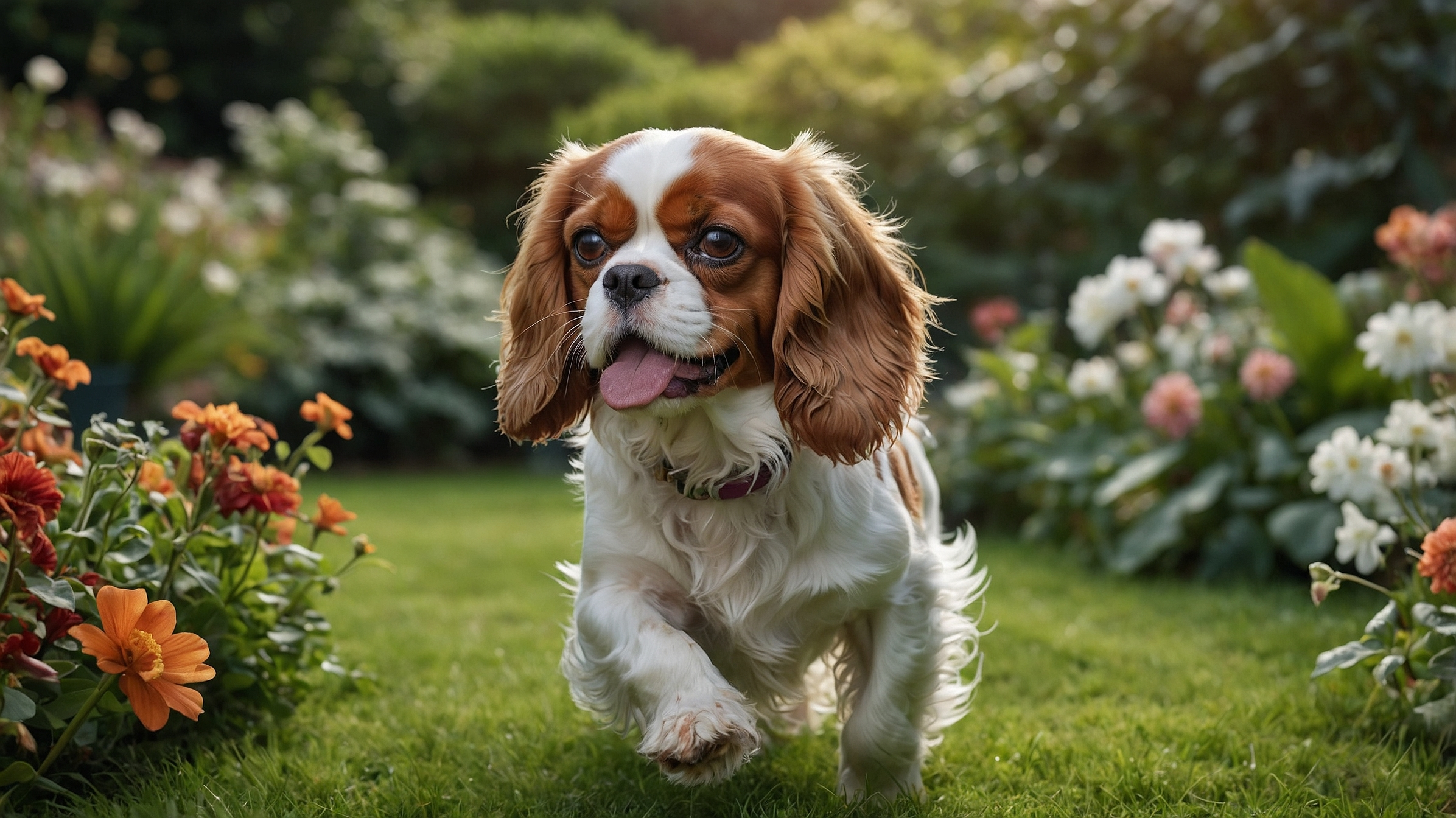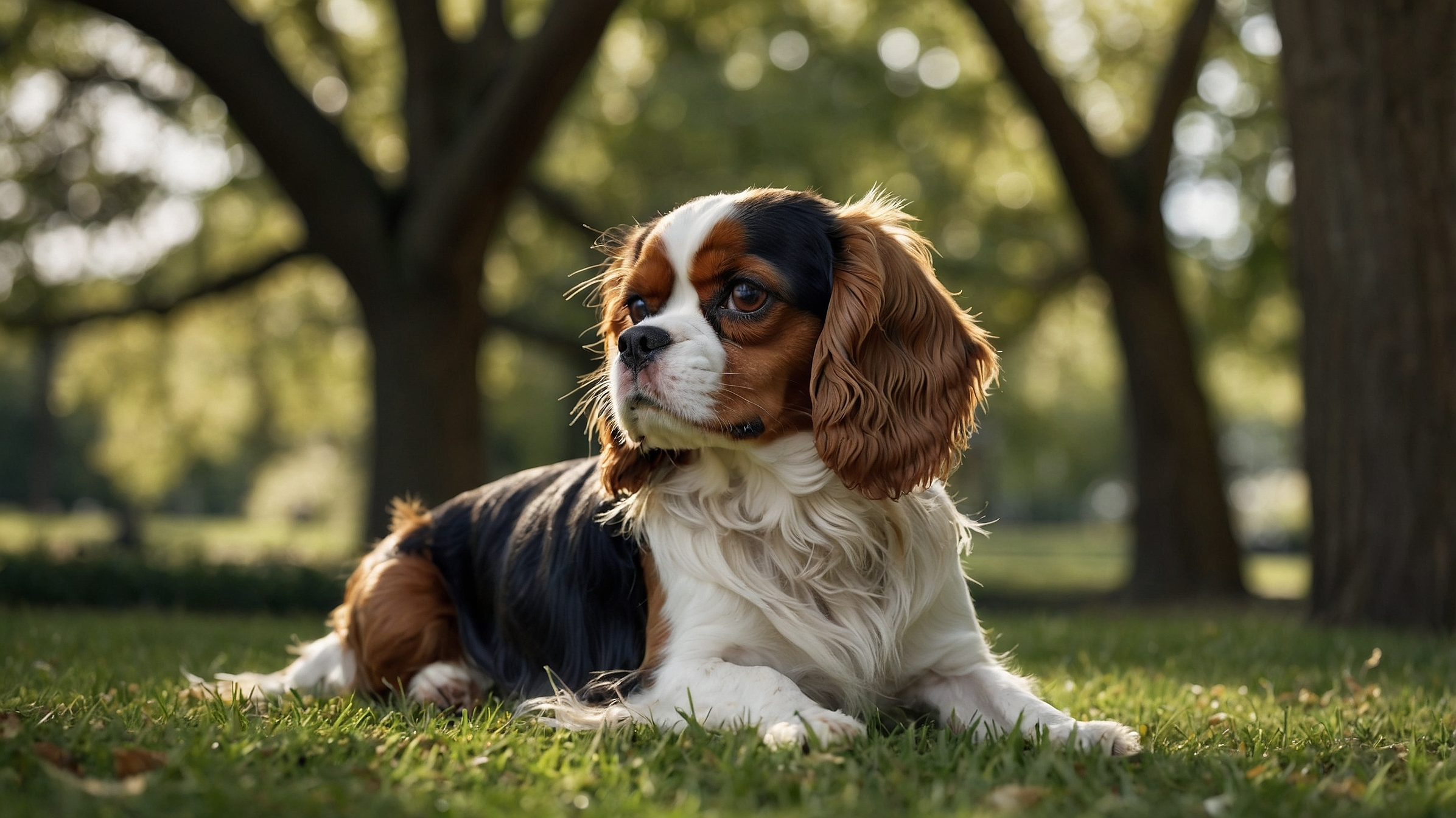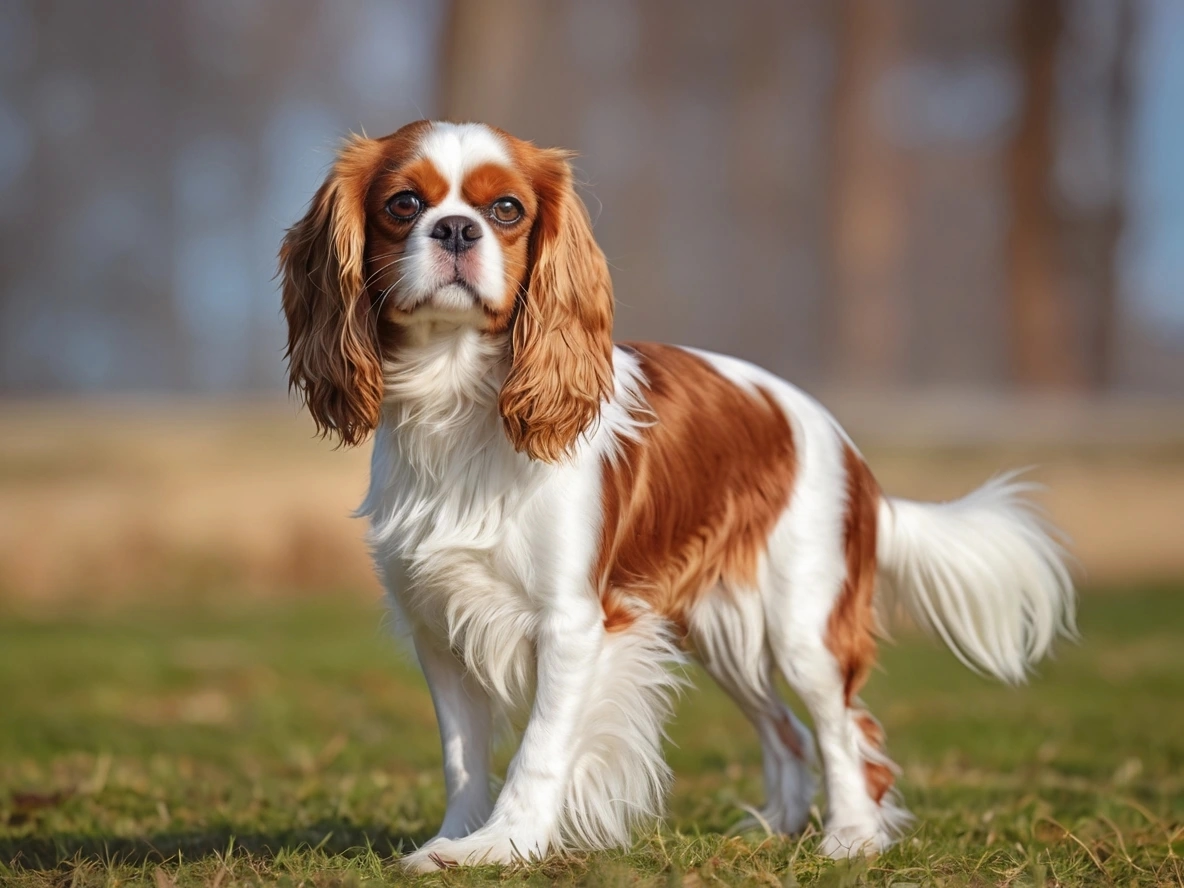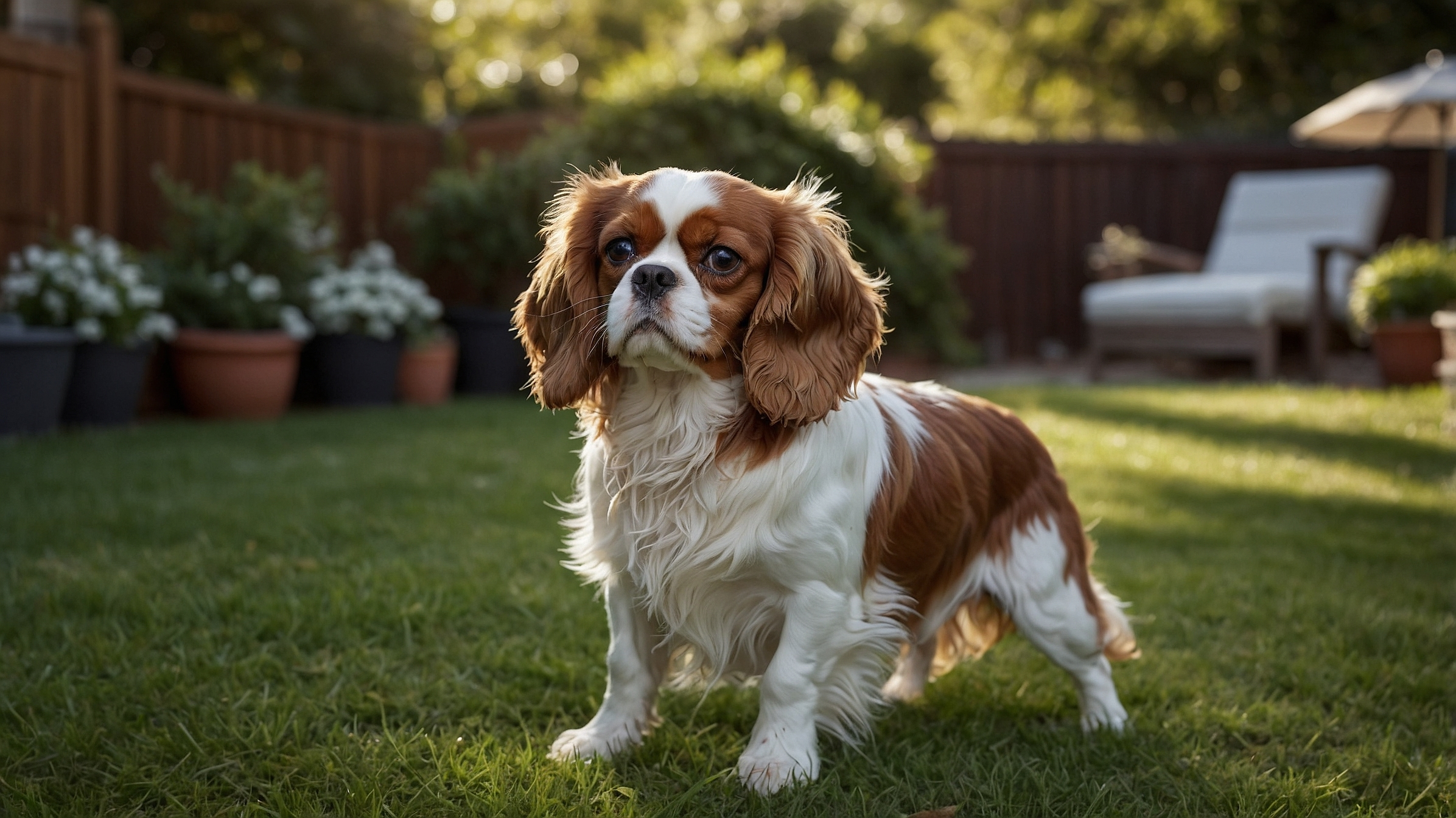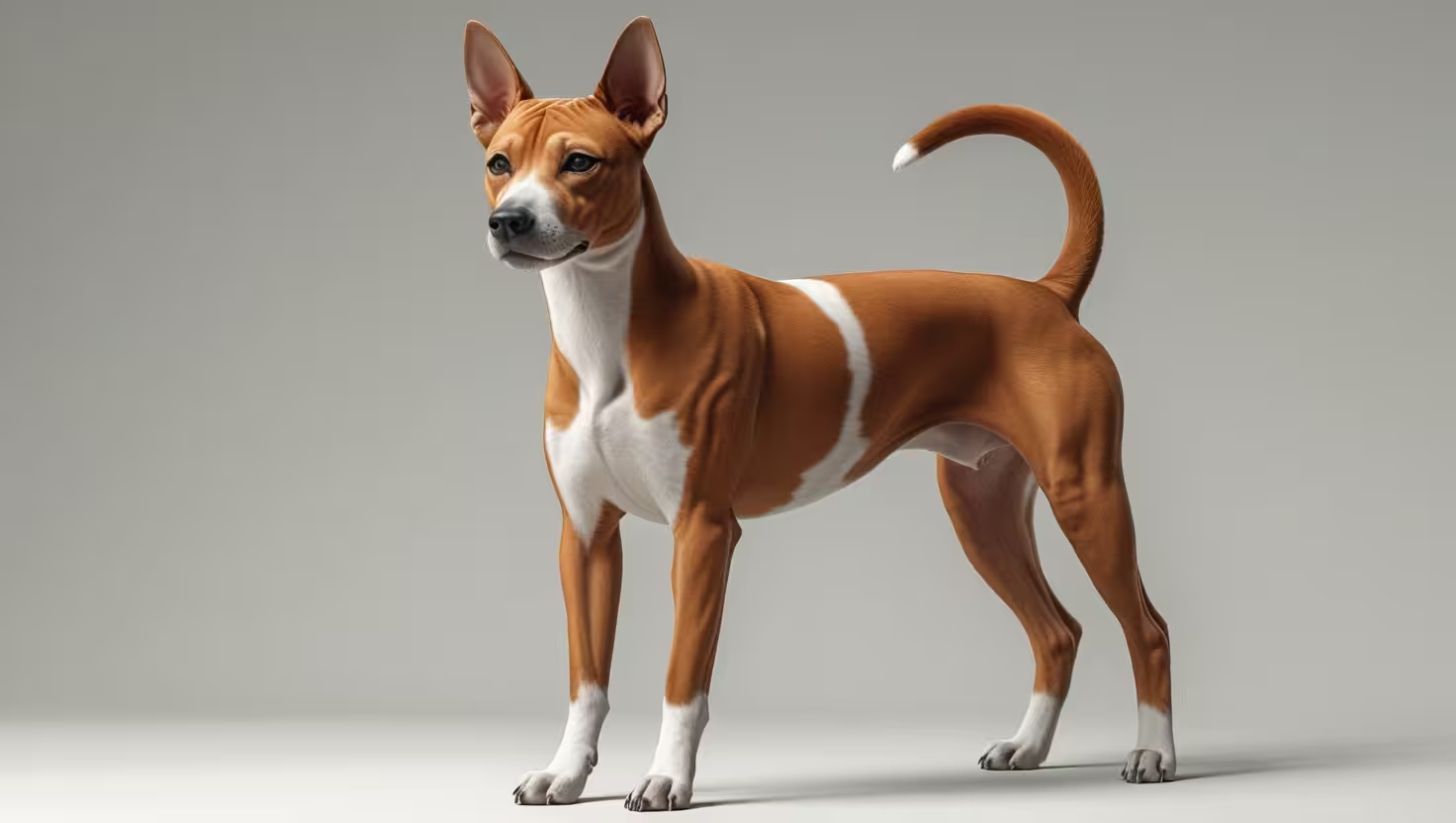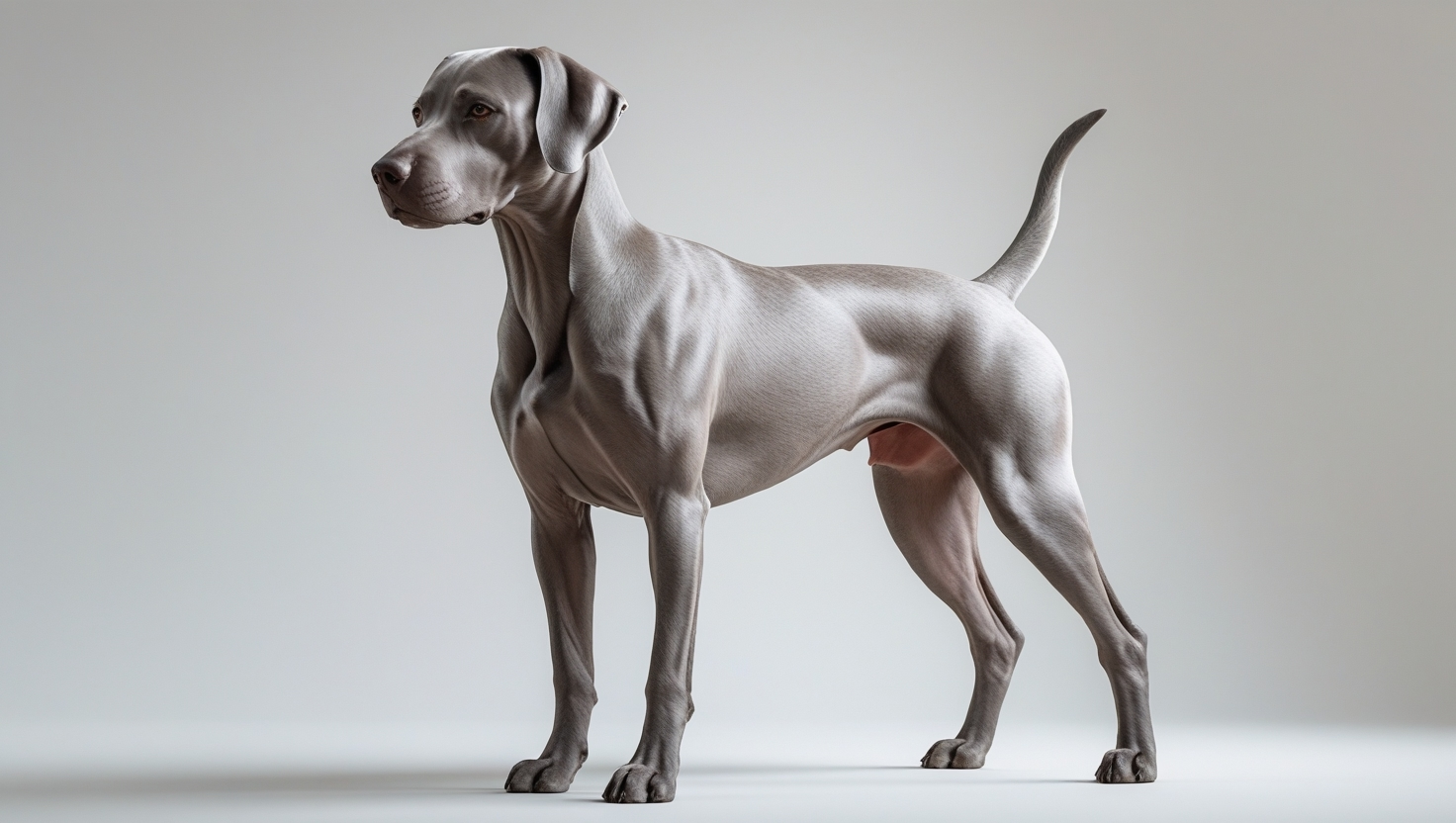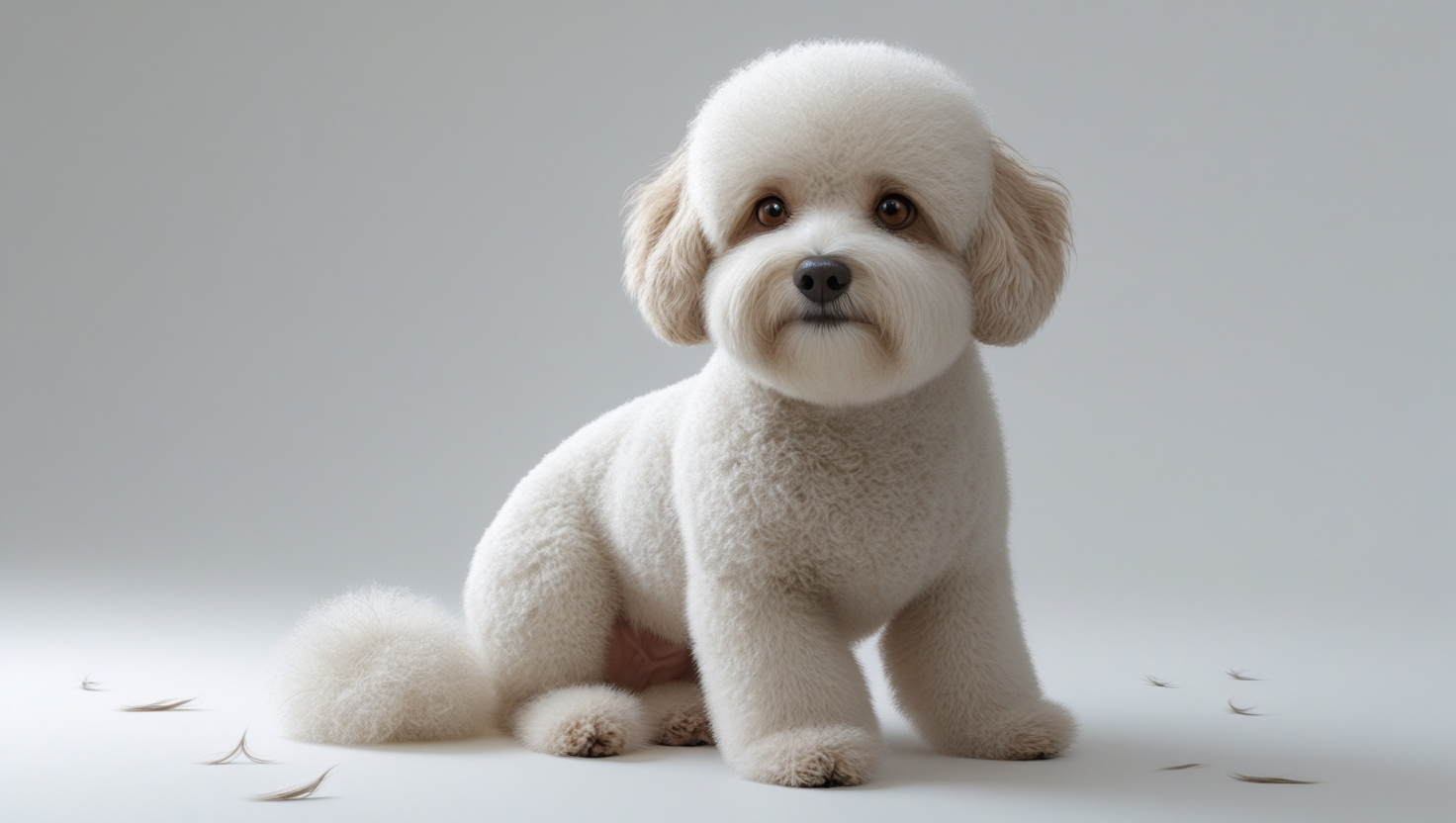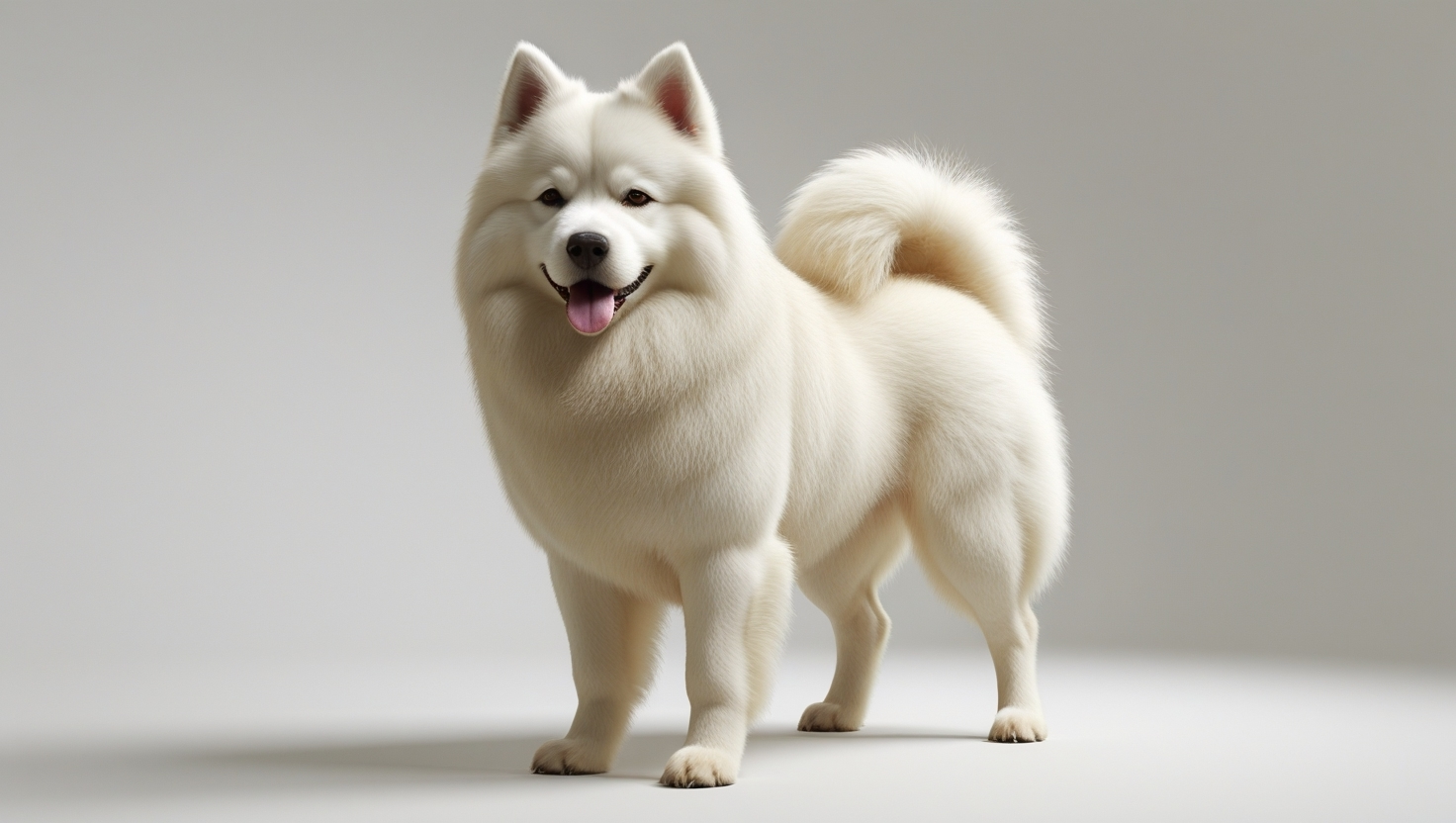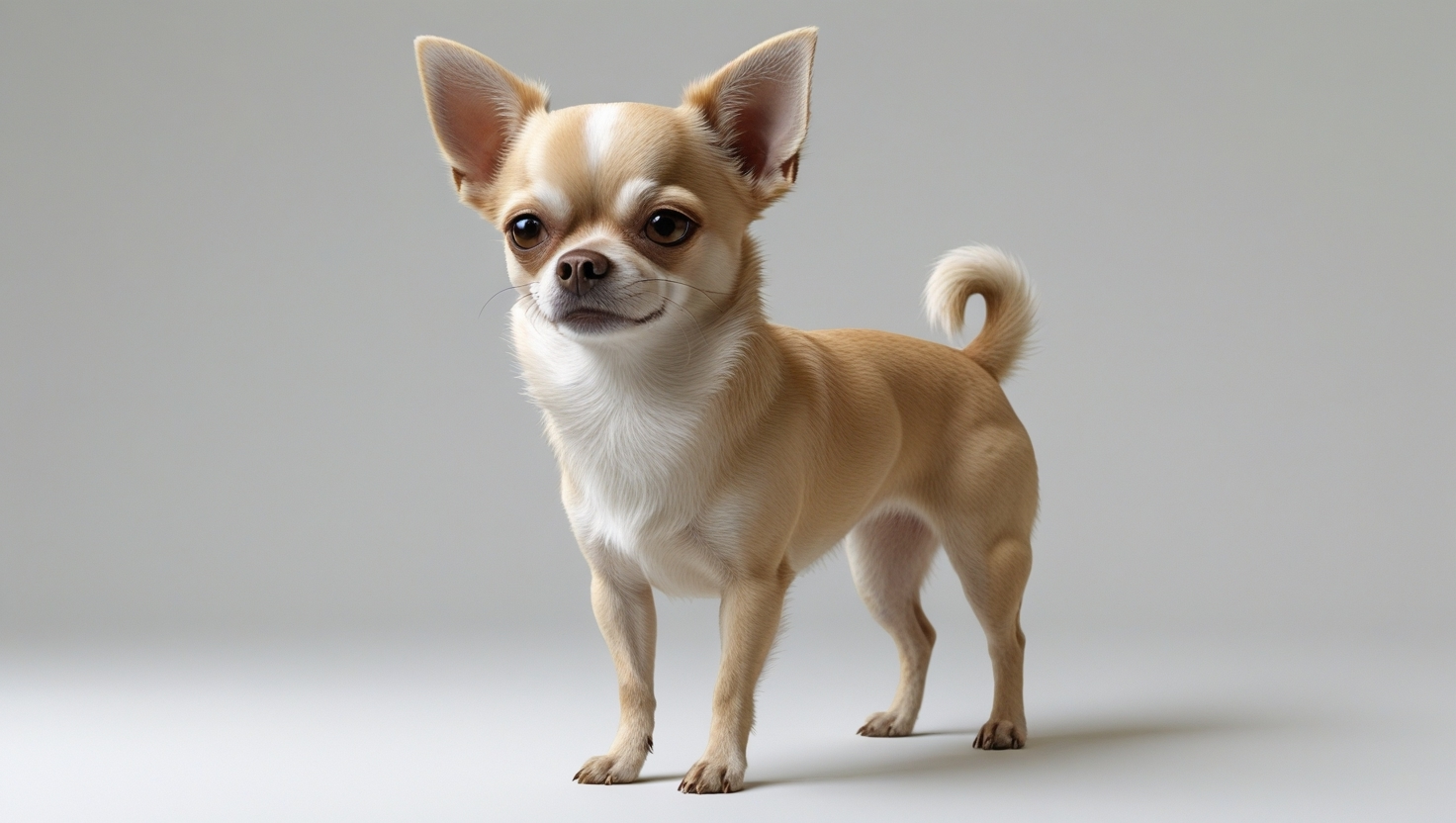The Cavalier King Charles Spaniel is pure charm wrapped up in a dog. With their loving eyes and soft coat, they win hearts effortlessly. It’s no surprise they’re among the most beloved breeds for dog enthusiasts.
This is a breed that’s easy to live with and fits well into different routines. Whether in an apartment or a house, they adapt without any fuss. And the best part? They get along great with other pets and people, always bringing a light and friendly energy.
Curious about what makes these dogs so special? Keep reading to discover everything about Cavalier King Charles Spaniels, from basic care to fun facts that will make you fall even more in love with them.

